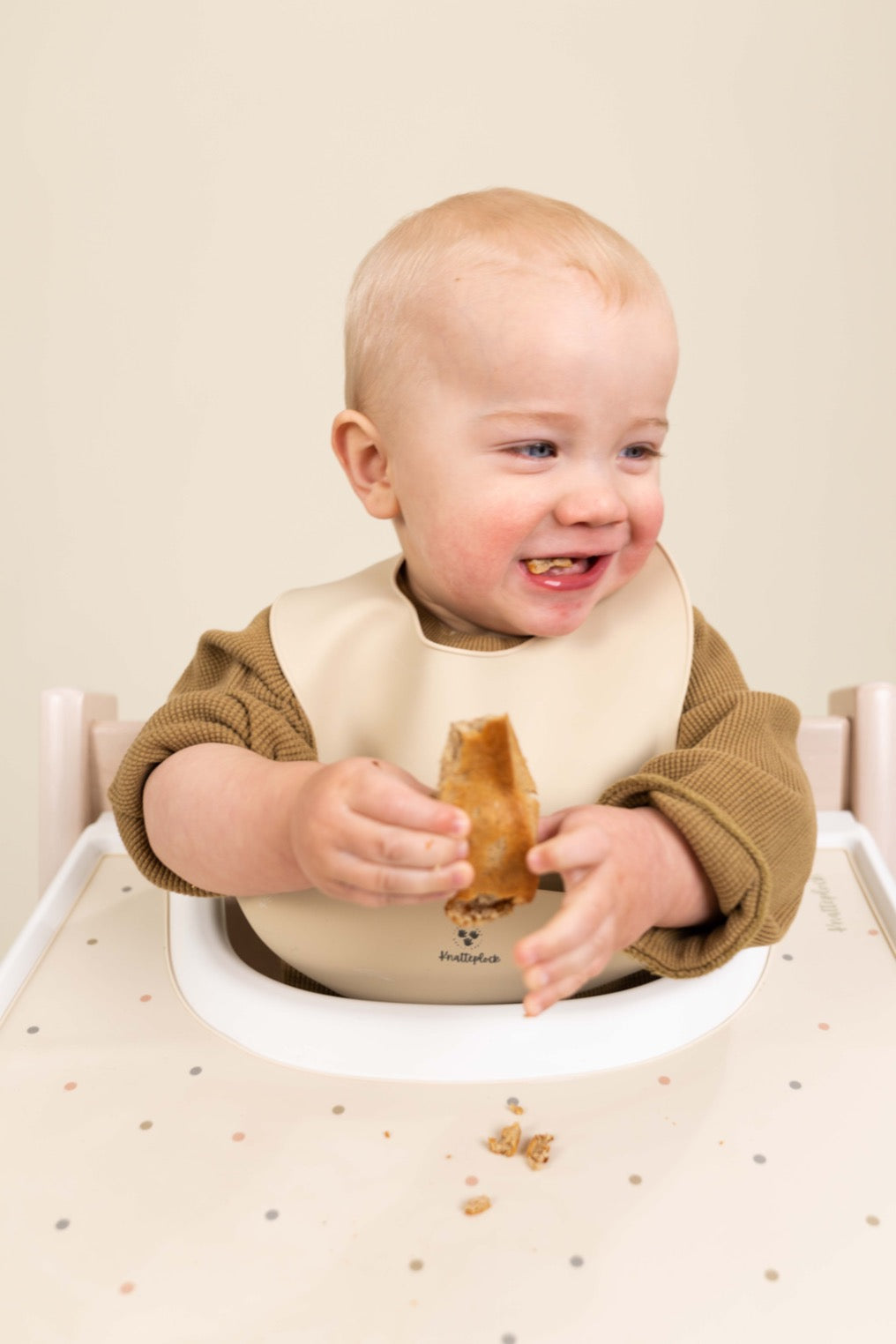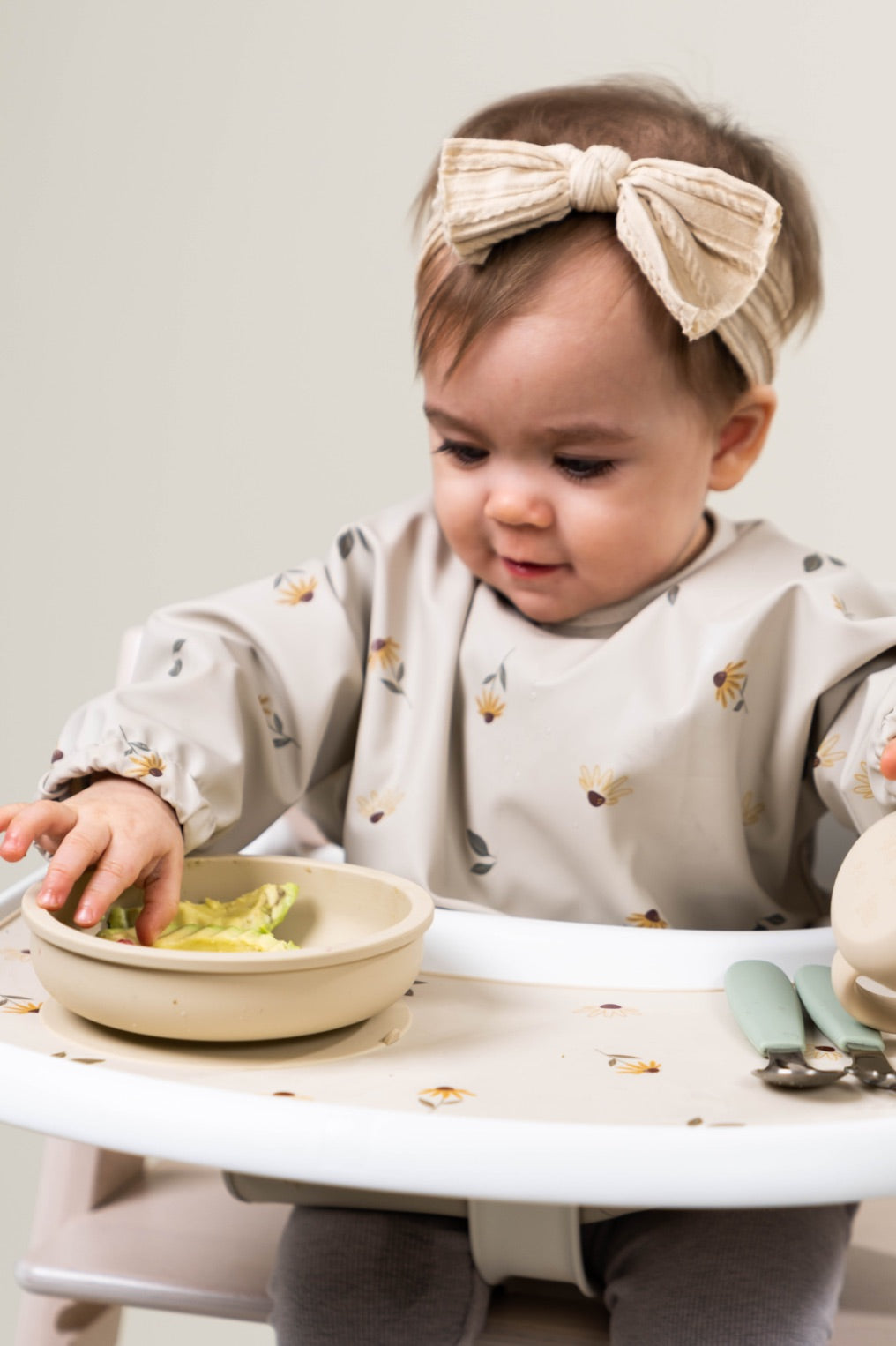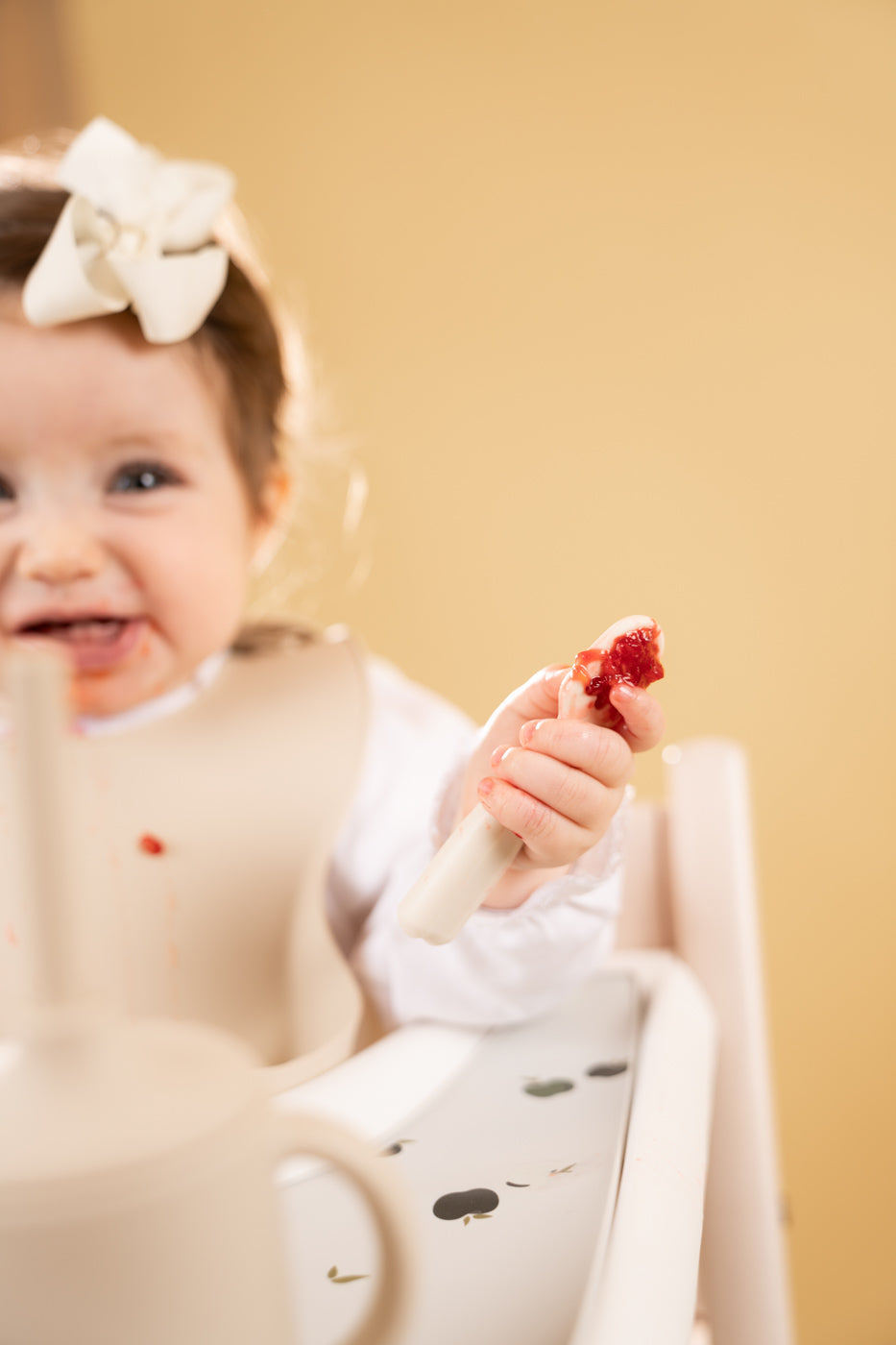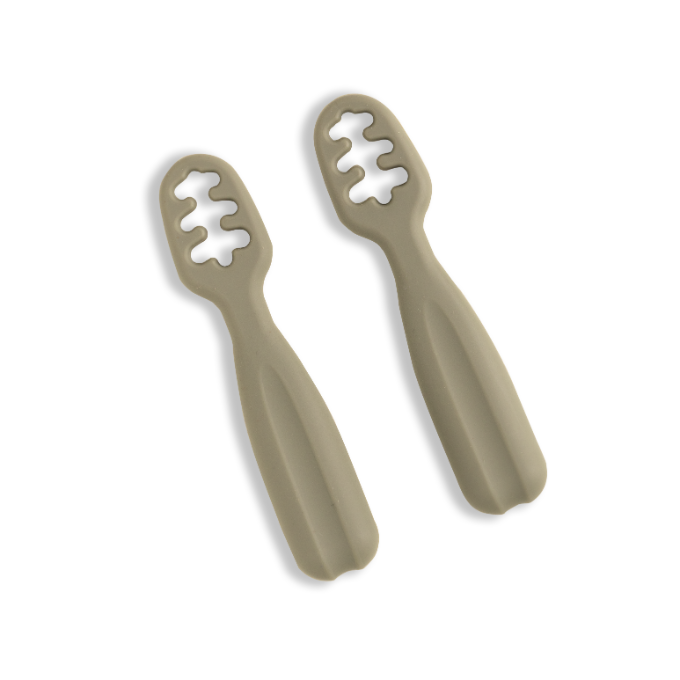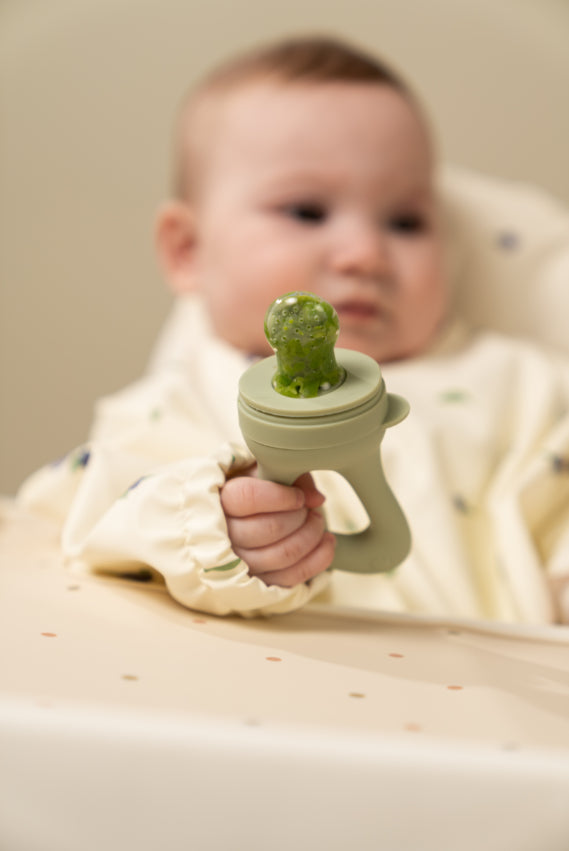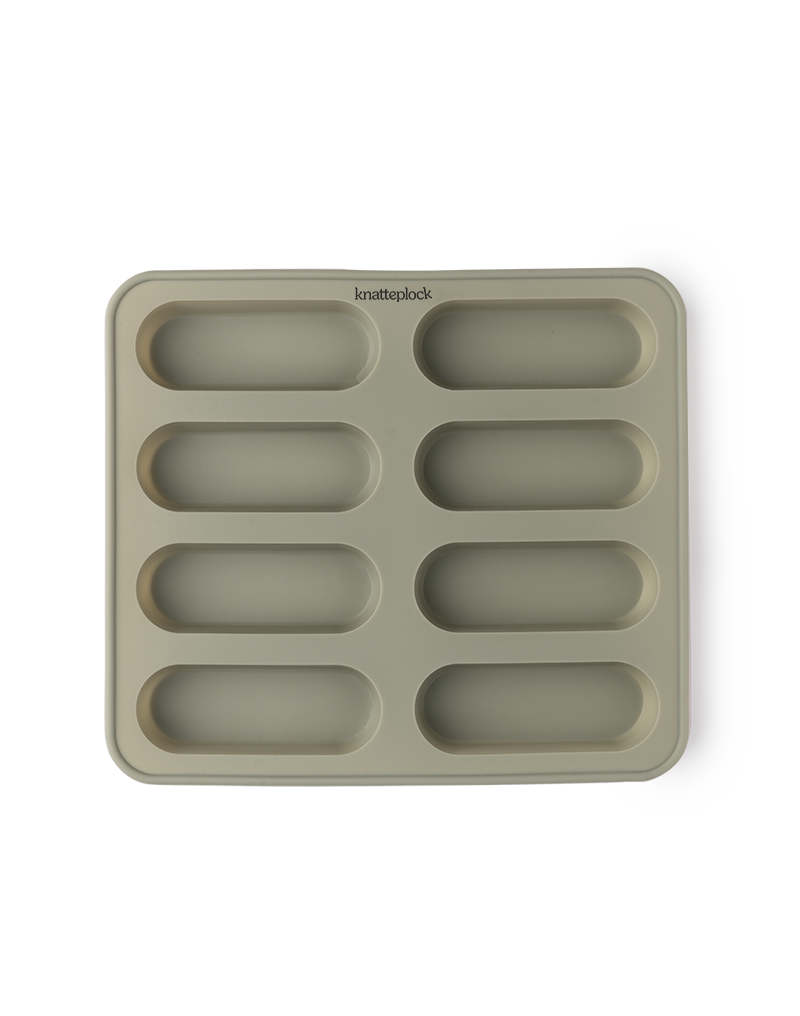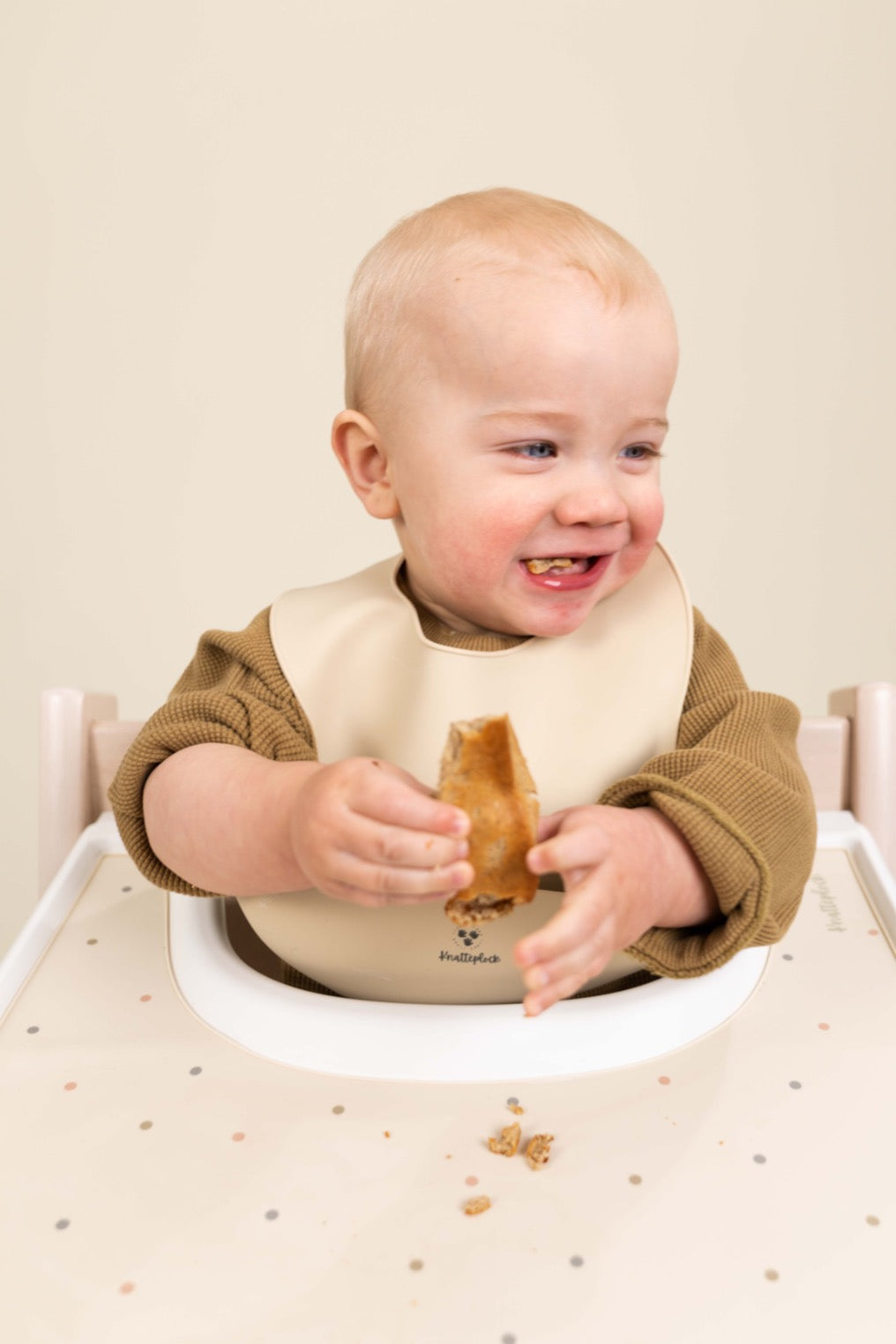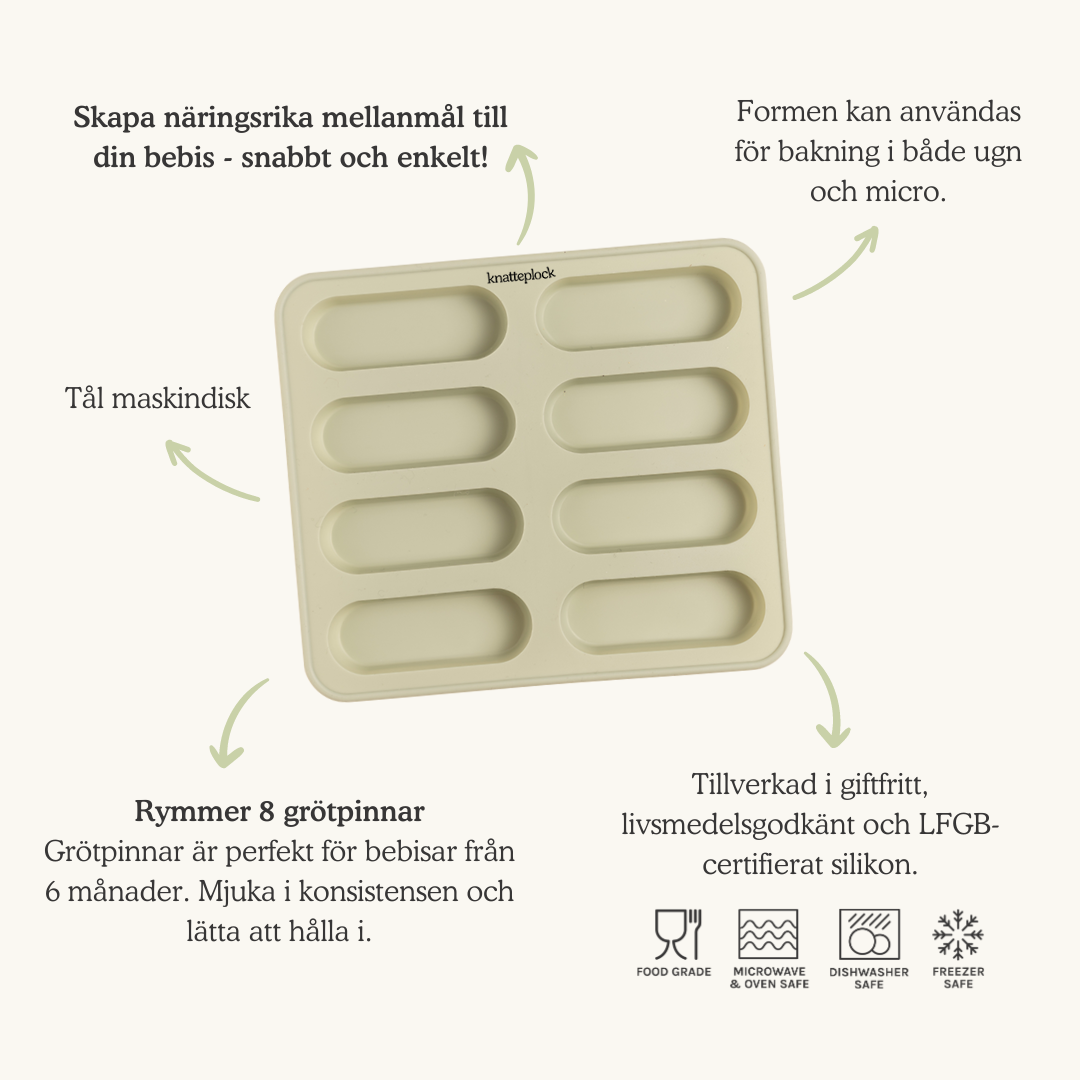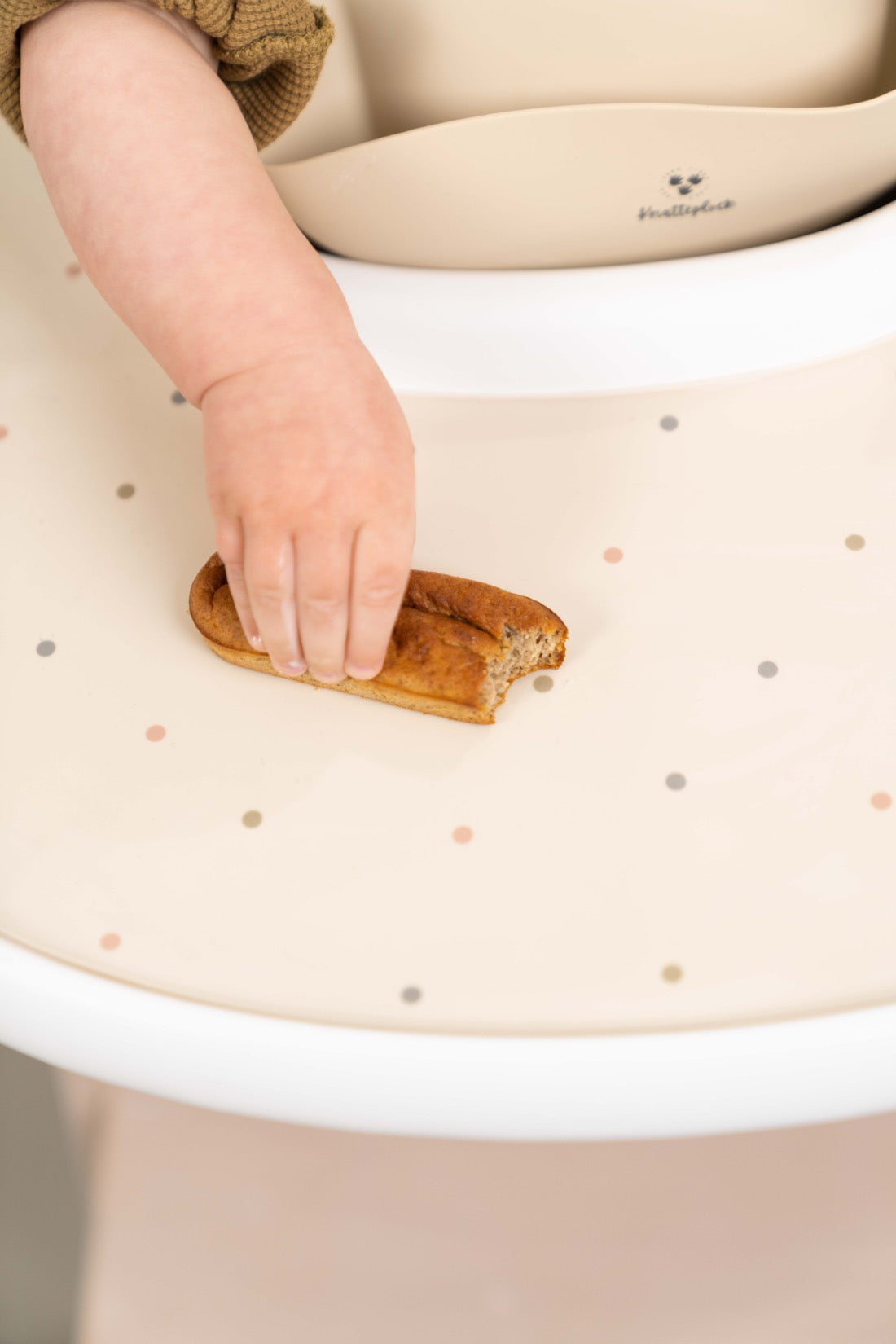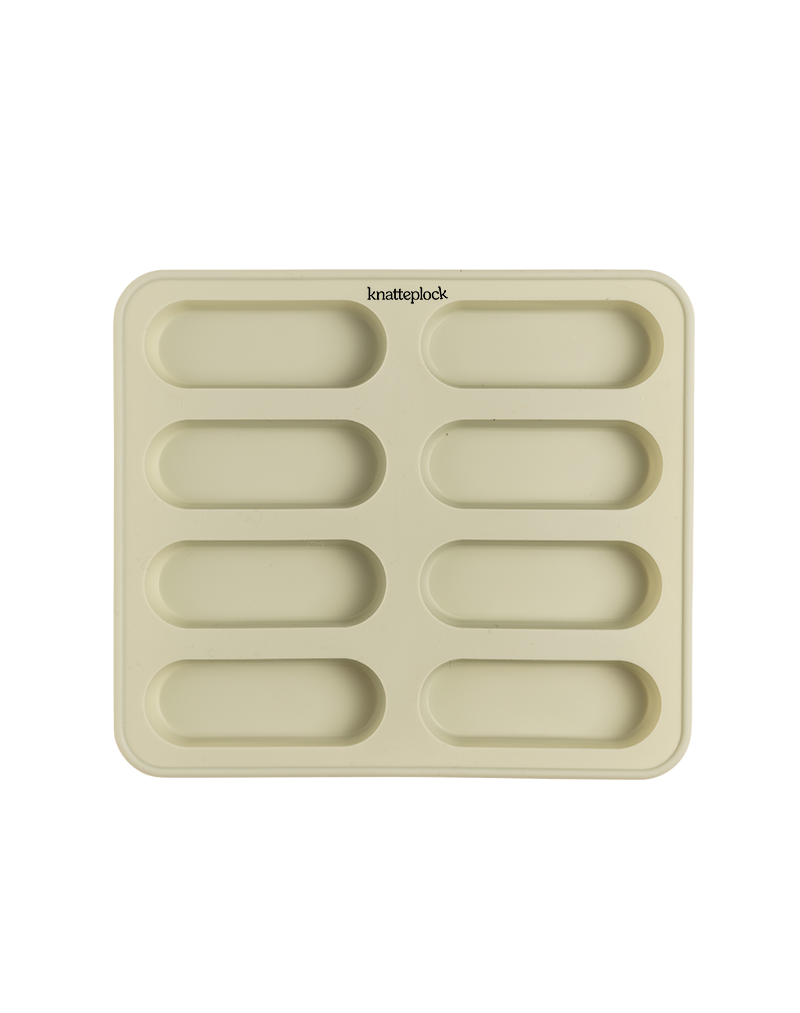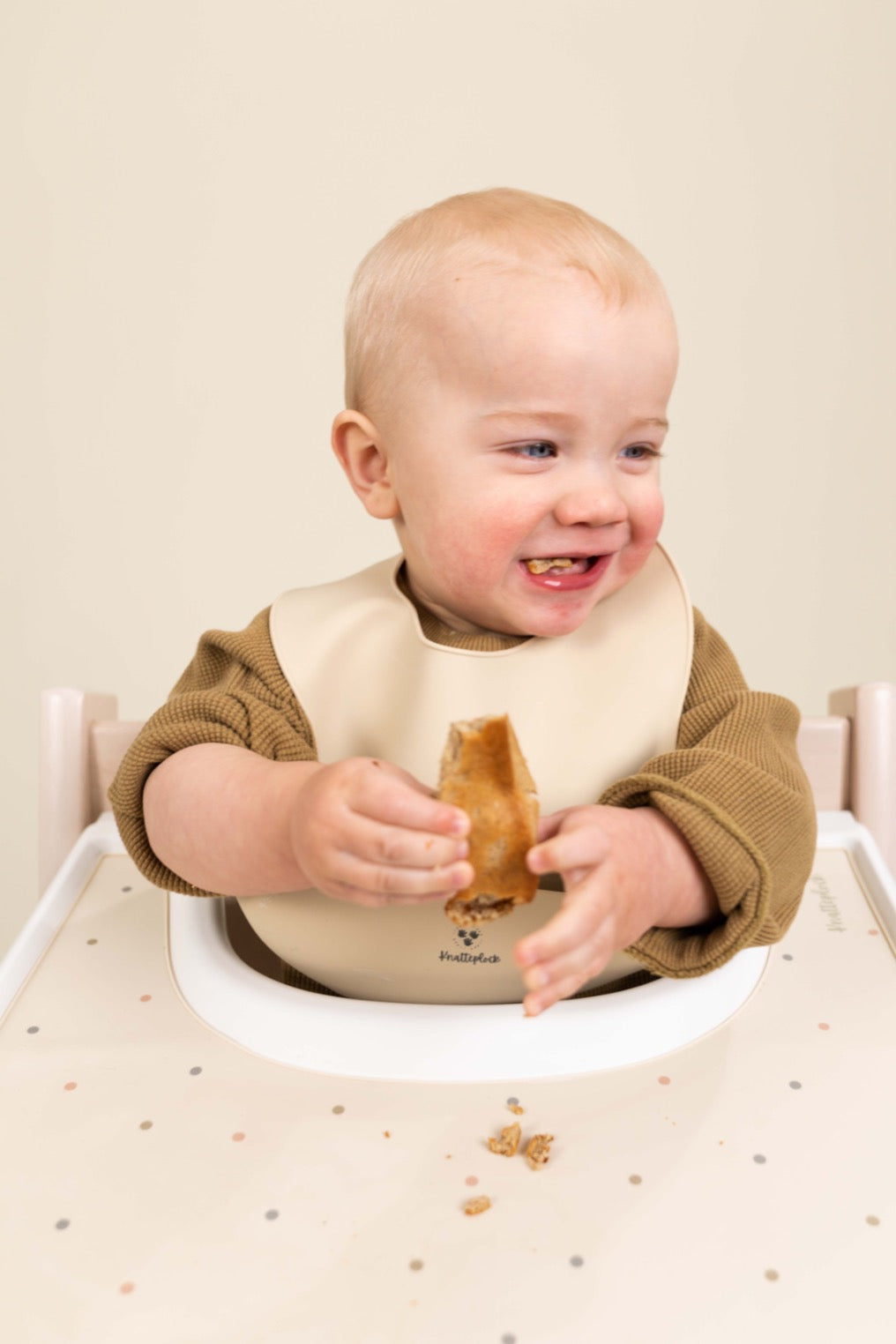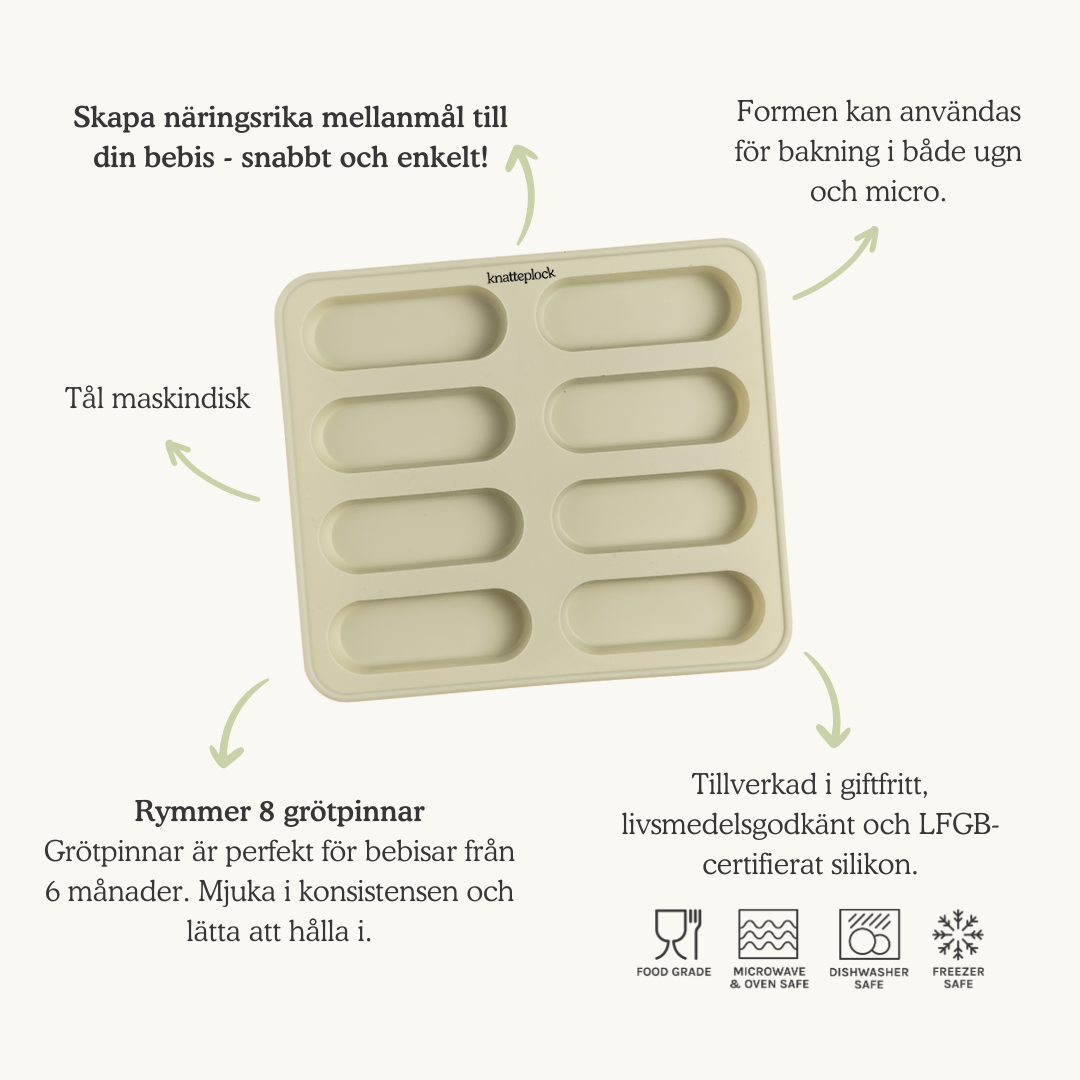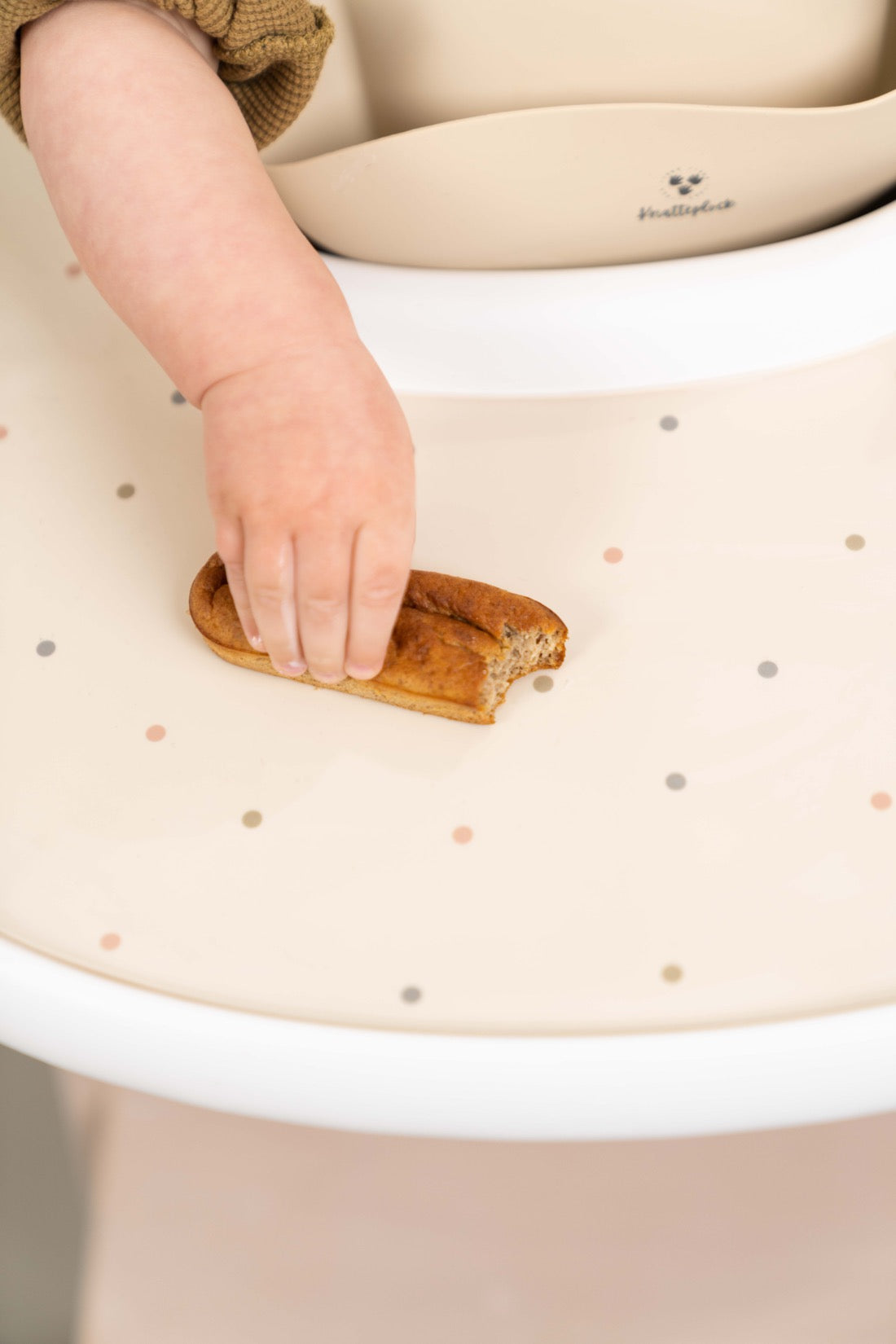Is it time to start introducing flavors to your baby? Learn all about taste sensations and why it can be a good idea to start as early as 4 months of age.

Why are taste sensations important?
The purpose of early taste sensations is to arouse curiosity about food in the child, and to develop a wide variety of taste preferences in the brain. The greater the variety of different flavors that the child has tried early in life, the greater the chances that the child will eat more varied foods later in life.
What is the difference between taste sensations and taste portions?
From the age of four months, some children may begin to show interest in food. As a parent, you can then give small taste samples of regular food, mashed vegetables and berries - provided that the amounts are so small that it does not affect breastfeeding/bottle feeding.
At 6 months of age, taste portions can be introduced which Give your baby the opportunity to gradually explore new tastes and textures. Combine taste portions with breastfeeding/bottle feeding at first.
Why start already at 4 months of age?
Children often need to be exposed to a new taste up to 15 times before they like it, so it's a good idea to start with taste sensations. as early as 4 months of age. Between 4-6 months and 12-18 months is an ideal period to introduce new flavors. After 18 months, children may become more reluctant to new flavors, but even flavors they enjoy before, so early exposure is key.
If the child has been exposed to flavors before 18 months, it can increase the chance that they will continue to like the flavors even during this fussy phase - also called the neophobic phase. For example, it can be good to expose the child to different types of vegetables and fruit so that the chance increases that these important food groups can be part of the child's diet when they grow up.
Read more about a neophobic phase here.
How do you give taste tests?
A pacifier can be an excellent tool for taste training. Let your baby hold the pacifier and bring it to their mouth for an exciting and developmental experience.
Another option is to use a pre-spoon to let the child experience the taste and texture themselves. Dip the spoon in, for example, mashed vegetables and then give the spoon to the baby.
What food is suitable for taste training?
Try to challenge your child's tastes. Sweet flavors from fruits and berries are not something children really need to practice. They have a built-in love for sweet flavors. However, they need to practice sour and bitter flavors, two basic tastes that are beneficial to practice early on to increase acceptance of vegetables and sour fruits later in life.

Try to include both vegetables and fruit. Don't be afraid of sour and bitter tastes, which can easily cause a little grimace. Grimaces are not always due to the baby not liking the taste, but rather to being out of habit.
Tips for good flavors for taste training:
- Brussels sprouts, cooked and mashed
- Peas, cooked and mashed
- Broccoli, chopped and mashed
- Carrot, boiled and mashed
- Kohlrabi, boiled and mashed
- Lingonberry, rå/cooked and mashed possiblymixed with other
- Raspberries, raw and mashed
- Apple, cooked and mashed or grated
- Grapefruit, filleted
Why does the baby spit out the food?
It is easy to interpret young children's reactions to food as signs that they do not like the taste. However, grimacing, twitching, shivering, gagging, or spitting or throwing up food can be the result of unfamiliarity and the fact that motor skills are not fully developed. It is important to understand that these reactions do not always indicate distaste.
Good luck with your taste training!

/Elin Oresten
Lic. nutritionist

